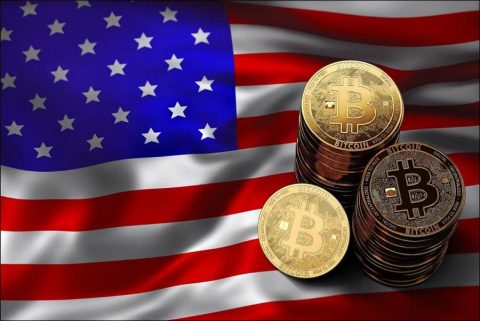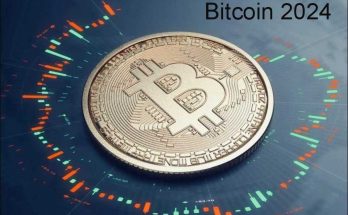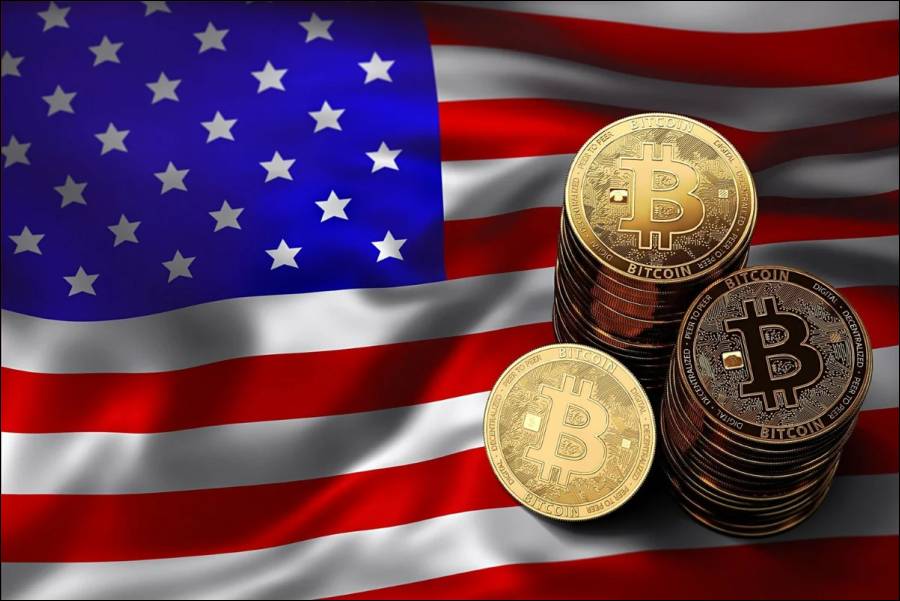Bitcoin is a central bank whose monetary policy is already evident for hundreds of years. However, it is not clear what the world’s ‘most powerful’ Central Bank FED will do tomorrow.
According to the classical media, probably the best performing central bank is the US Fed. After all, it successfully weathered the 2008 Crisis, reinvigorated growth in the United States, and lowered unemployment to a historic low. At first glance it is impossible to object to this view.
However, there are some disturbing truths behind this superficial “Polyannaistic” assessment. In order to get out of the 2008 Crisis, which brought the banking system to the point of collapse in America and all over the world, the FED lowered the interest rates to zero and printed four times the dollar amount of the Central Bank money it printed in its 200-year history.
FED first burned money, then printed money
The same FED started to increase interest rates at the end of 2015 because the economy recovered, and at the end of 2018, it started to burn the dollars it had printed from the air.
The target in this normalization operation was to increase the interest rates to the old level of 4-5% and to burn at least 50% of the extra money. But in the middle of 2019, the interest rate rose to 2.25% and 17% of the money was burned, so the stock markets started to fall rapidly. The FED immediately stopped burning dollars and cut interest rates. He couldn’t even get up to speed and started printing 60 billion dollars a month again with a new program he announced a few days ago.
Aren’t you confused? What speed is that? We used to print money, then we burned it, and now we print money again…
The disturbing facts do not end there. Moreover, the institution that expresses the rest of the facts is the Swiss-based BIS. In other words, ‘central bank of central banks’ as it is known in the market.
BIS: Low interest rates are a threat to the economy
In its 2019 Annual Economic Report published in July, the BIS warned that zero interest and money printing policies make normalization difficult. The central bank of central banks also underlined that low interest rates threaten the profitability of the banking sector. BIS emphasized that consistently low interest rates can also disrupt effective resource allocation and economic efficiency.
Worse still, the FED and its other big brothers, who follow him in printing money without limit, reduce the purchasing power of their own currencies by constantly printing money such as BOJ from Japan, SNB from Switzerland, ECB from Europe, BOE from England, PBOC from China.
The dollar, now considered the world’s strongest currency, has lost more than 90% of its purchasing power since the founding of the Fed in 1913.
Why does all this arise? Because classical central banks are run by people whose decisions can change at any time and whose political interests differ according to the communities they belong to. In particular, the policy of constantly printing money and depreciating the value of money causes the 1% at the top of the financial pyramid to constantly increase their wealth.
So what could be the solution? When Bitcoin is mentioned, a new technological currency comes to mind for everyone. Whereas Bitcoin is also the name of the computer program that runs this currency.
The Bitcoin computer program is almost an automatic global Central Bank
Moreover, this central bank is an automatic formation that does not favor anyone and does not pursue interests or political views. As per the Bitcoin program, vital monetary policy decisions such as when and how much Bitcoin will be produced, when the prize halving will occur, etc. are all predetermined.
In other words, Bitcoin is a central bank whose monetary policy is already clear for hundreds of years. People can plan their economic life accordingly. However, as we saw above, it is not clear what even the ‘most powerful’ Central Bank of the world, the FED, will do tomorrow.
In addition, since Bitcoin currency production is limited to 21 million, it aims to add value, not depreciate the money it produces. Since 1913 the US dollar has lost more than 90% of its purchasing power; Since its first price in 2010, Bitcoin has added approximately 260 thousand times its value to its own currency, despite the 80% price drop last year. The value increase has reached 40 times even when taken since 2015.
One of the most important differences is that today’s classical central banks produce money in return for debt. In some countries, when the Central Bank, which is still privately owned, prints money, the state treasury writes a debt note and gives it to the central bank. Here, the Central Bank prints money in return for this debt stock (bill or bond).
What advantages would the “Bitcoin Central Bank” offer if it actually existed?
As the Central Bank prints money, the debt of the treasury, that is, the public, constantly increases. Whereas, when the Bitcoin Central Bank prints money, only computer power is spent and no debt is written to anyone. In recent years, due to the money-printing frenzy of classical central banks, the amount of global debt has reached nearly three times the world production.
Those who claim that excessive energy is spent for Bitcoin production should consider and compare all resources used by classical central banks around the world such as people, places, food, etc. Bitcoin is an automatic, global central bank that does not favor anyone, has a clear monetary policy, does not enslave its users with debt, and most importantly protects and increases the value of the money it produces.
Now think again: Which do you think is the most successful central bank in the world?
Visits: 66




